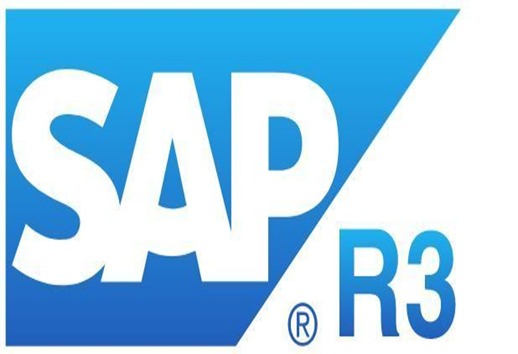ERP Implementation
What is ERP Implementation
Regardless of whether it replaces an existing on-premises solution, expands the functionality of an existing cloud environment, or is a greenfield deployment that replaces disparate spreadsheets and custom software, the implementation of an ERP system is a crucial step for any organisation that has decided to deploy a new enterprise system. No matter what kind of new ERP system is chosen, a successful deployment is necessary for the enterprise solution to be successful in terms of user acceptance, process alignment, data quality, and enterprise fit.
ERP Implementation Process
An ERP deployment must be done in small steps, just like any other big project. Although the process of implementing an ERP system varies significantly depending on the firm, there are eight common steps that must all be completed for the project to be successful. The length of time it takes to complete each of these steps varies from business to business and is determined by how rapidly you want to advance personally. To put things in perspective, typical ERP deployments take six to twelve months to complete from planning to fully functioning system.


FAQ
ERP implementation is crucial as it helps organizations optimize their processes, make informed decisions, reduce costs, and improve overall productivity.
Preparation involves assessing business needs, setting objectives, allocating resources, and selecting the right ERP system.
Consider factors like your business size, industry, budget, scalability, and specific requirements when choosing an ERP system.
Steps to follow for ERP Implementation
We’ll go over the stages of the ERP deployment life cycle in more depth below. Before going on to the following stage, each one must be finished completely. By doing this, it is ensured that the process as a whole is constructed on solid ground.
- Planning & Organization
- System Slection
- Installation
- Data Migration
- Training
- Testing & Validation
- Go Live
- On Going Improvements & Feedbacks
Softwares we used




